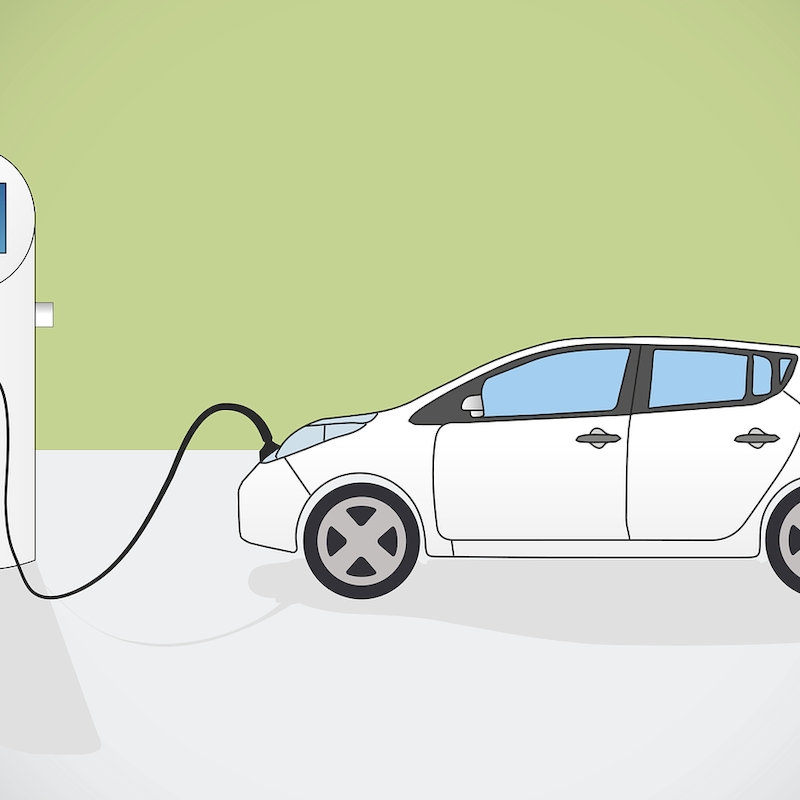Engine counterbalancers play a crucial role in the functionality and performance of modern vehicles. They are designed to minimize vibrations that arise from the operation of an engine, thus enhancing the overall driving experience. The combustion process in an engine produces uneven forces as the various components operate, creating a noticeable shake or vibration. These counterbalancers are strategically engineered to counter these forces, leading to smoother engine operation, improved comfort for the occupants, and prolonged engine life. In this comprehensive exploration, we will delve into the workings of engine counterbalancers, their types, and their impact on vehicle performance, efficiency, and the driving experience overall. By the end, we will have a clear understanding of why these components are indispensable in today’s automotive designs and what the future holds for advancements in this area.
Understanding Vibration in Engines
Vibrations in engines are inevitable due to the complex interactions of moving parts during combustion. As pistons move up and down, connecting rods convert this vertical motion into rotational movement for the crankshaft. The constant firing of cylinders creates a cycle of unequal forces, leading to unwanted vibrations. These vibrations can not only affect driving comfort but also lead to mechanical failures over time if left unmanaged. Various factors contribute to engine vibrations, including the number of cylinders, engine design, and even the type of fuel being used. Understanding these factors is essential when examining the necessity of incorporating counterbalancers into an engine design.
The Function of Engine Counterbalancers
Engine counterbalancers serve the primary purpose of mitigating these vibrations. They do this by creating equal and opposite forces to cancel out the vibrations generated during engine operation. Typically, they are weighted components that rotate or oscillate in conjunction with the engine. By accurately timing their movements with the engine’s cycles, counterbalancers can effectively neutralize the vibrations before they are transmitted to the frame of the vehicle. This not only ensures a smoother ride but also diminishes the wear and tear on both the engine and the vehicle’s structure.
Types of Engine Counterbalancers
There are several types of engine counterbalancers, each designed to meet specific performance needs. The most common include:
Static Counterbalancers
Static counterbalancers are usually fixed weights that are added to the engine in areas where vibration is most severe. They are primarily used in smaller engines, where engineers need an accessible and cost-effective solution. Although they do not dynamically adjust to varying engine speeds, they do provide a basic level of stabilization.
Dynamic Counterbalancers
Dynamic counterbalancers involve moving parts that can adjust their position in real time based on the engine’s speed and load. This adaptability allows for a more nuanced approach to vibration management, providing improved performance at various RPMs. Most modern vehicles utilize dynamic counterbalancers due to their superior efficiency and effectiveness.
Balance Shafts
Balance shafts are specialized counterbalancers that rotate in opposition to the engine’s crankshaft. They are typically employed in inline or V-engines where the natural vibrations generated by the power strokes can lead to an unpleasant driving experience. By rotating in sync but out of phase with the crankshaft, balance shafts can significantly reduce vibrations, resulting in a smoother running engine.
Flywheel Counterbalancers
Flywheel counterbalancers are integrated into the flywheel of the engine. They help to minimize torsional vibrations by employing extra mass or specialized geometry. These systems are often found in performance vehicles and heavy-duty engines, where the driver’s experience and engine durability are of utmost importance.
Electronic Counterbalancers
This cutting-edge technology utilizes sensors and actuators to detect and counteract vibrations in real time. Electronic counterbalancers adjust their weight or mass dynamically, offering the best possible performance and comfort. Although still rare, this technology represents a significant step forward in vehicle dynamics and engine efficiency.
The Impact of Engine Counterbalancers on Performance
The influence of engine counterbalancers extends beyond comfort. They directly impact engine performance in crucial ways. A well-balanced engine allows for more efficient combustion, leading to better fuel economy. Additionally, reducing vibrations results in less stress on engine components, ultimately prolonging their lifespan. Furthermore, vehicles equipped with effective counterbalancing systems demonstrate enhanced handling and responsiveness. Engineers have started considering these components as integral parts of a vehicle’s performance envelope, emphasizing their importance in design and engineering discussions.
Challenges in Counterbalancer Design
While the advantages of engine counterbalancers are numerous, their design comes with unique challenges. Engineers must consider numerous factors, such as weight, cost, complexity, and the application in various types of engines. The balance of performance and efficiency is crucial. Too much weight can hinder engine acceleration, whereas insufficient counterbalancing can lead to poor comfort levels. Additionally, as vehicle designs evolve, counterbalancers must keep up with changing demands, including efficiency regulations and the push for lighter vehicle structures. Thus, the evolution of counterbalancer technology must keep pace with the ever-changing landscape of automotive engineering.
The Future of Engine Counterbalancers
As automotive technology continues to advance, so too will the role of engine counterbalancers. With the rise of hybrid and fully electric vehicles, new challenges have emerged. Electric motors provide a different set of performance characteristics, leading to new requirements for vibration management. For instance, engineers are looking into how counterbalancers can be adapted or redesigned to work effectively within these new powertrains. Future developments may involve further integration with advanced electronic control systems, ensuring that counterbalancers remain a pivotal element in achieving optimal vehicle performance. Ongoing research into materials and manufacturing processes will also play a key role in shaping the next generation of engine counterbalancers.
The Role of Engine Counterbalancers in Motorsports
In high-performance motorsports, the importance of engine counterbalancers is magnified. Racing engines are designed to produce maximum power while reducing weight, leading to significant engineering challenges. An improper counterbalancing system can hinder performance on the track, leading to vibrations that rob the engine of energy and performance.
Motorsport engineers often work with tightly integrated counterbalancer designs that allow for fine-tuning of weight distribution and dynamic movement. This precision can lead to improved acceleration and handling, crucial in a competitive racing environment. As regulations in motorsports evolve, and teams look for minute improvements in performance, the role of counterbalancers becomes more critical.
Furthermore, understanding how counterbalancers work in racing applications can provide valuable insights for manufacturers. Lessons learned at the track often translate to innovations in consumer vehicle designs. This connection between motorsports and everyday automobiles reinforces the significance of counterbalancers in the broader automotive landscape.
Advances in Counterbalancer Technology
The future of engine counterbalancers is rife with potential for technological advancements. With the growing implementation of artificial intelligence and machine learning in automotive engineering, there is great potential to revolutionize counterbalancer design. Automated systems that analyze real-time engine performance data could be developed to adjust counterbalancer dynamics instantaneously.
Additionally, advancements in material science could lead to the development of lighter and stronger counterbalancing components. Utilizing more durable yet lightweight materials would further enhance engine performance, contributing to greater fuel efficiency and reduced emissions.
Research into nanotechnology may also inspire innovative counterbalancer designs capable of actively adjusting to varying driving conditions. For instance, a counterbalancer that could shift its weight dynamically based on the engine’s RPM could allow for unprecedented levels of vibration reduction while maintaining performance.
Conclusion
In conclusion, engine counterbalancers are essential for creating a smooth and efficient driving experience. They reduce vibrations that can negatively impact both vehicle performance and the comfort of its occupants. As we have explored, various types of counterbalancers serve different functions and applications, each playing a critical role in different automotive designs. While challenges remain in counterbalancer design, the future holds exciting possibilities for advancements that will enhance their effectiveness. Emerging technologies like electronic counterbalancers and future adaptations for electric powertrains demonstrate the ongoing importance of these components. As the automotive industry continues to innovate, engine counterbalancers will remain a fundamental aspect of engine design, seamlessly contributing to the driver experience while improving performance and durability.


